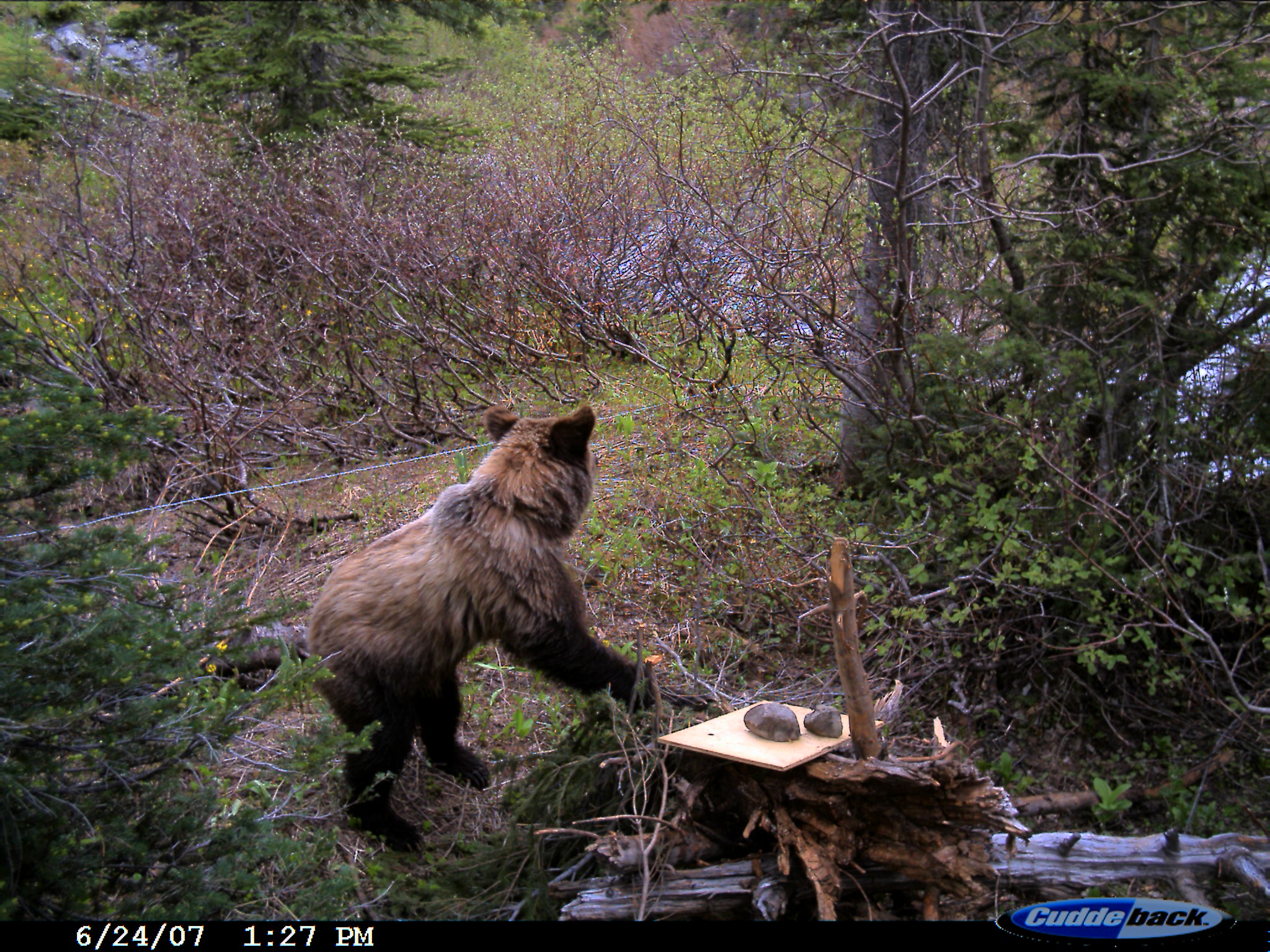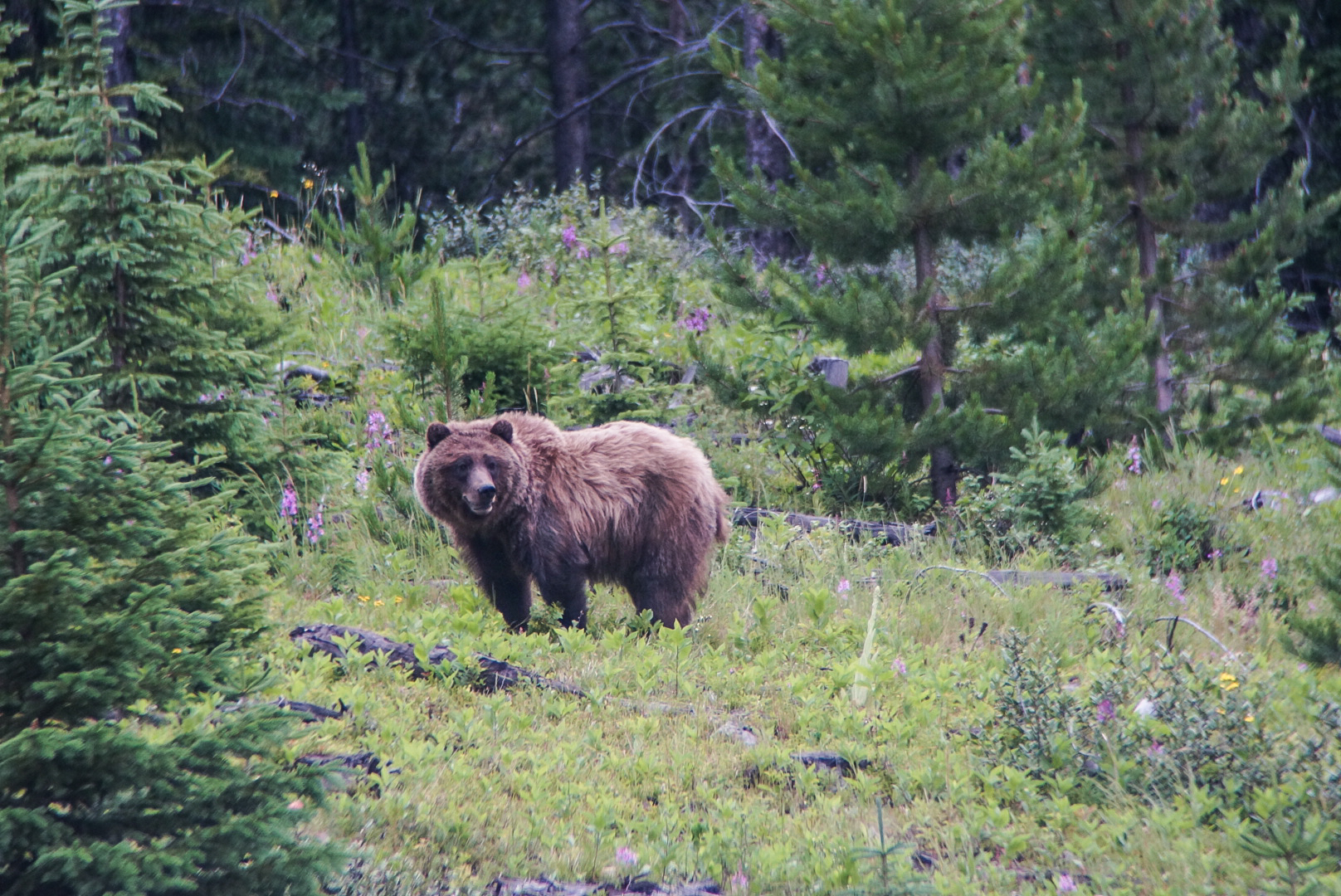Sources of mortality
The biggest threat to grizzly bear populations in the South Rockies is loss of habitat due to human activities that can include; road development, resource extraction, and expanding human settlements.
These activities fragment the landscape, which can isolate populations and reduce breeding potential. These activities also bring grizzly bears into closer proximity with humans.
The cumulative effects of these activities, in combination with human caused mortality can have a negative impact on grizzly bear populations. The SRGBP monitors grizzly bear mortality in the South Eastern part of British Columbia. Between the years of 2004-2014, 160 grizzly bears were killed by causes unrelated to hunting. Common mortality causes to grizzly bears in this region are; poaching, defensive shootings, garbage-related conflicts, and vehicle and train collisions.
2017 WAS THE FINAL YEAR OF THE GRIZZLY BEAR HUNT IN BRITISH COLUMBIA
It is important to be able identify the causes of mortality and to monitor how these affect the population. This information can then be used to reduce mortality by having more knowledge to inform management actions and decisions.


